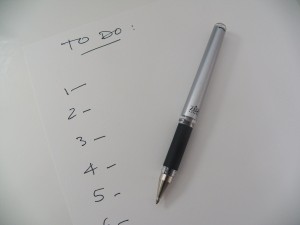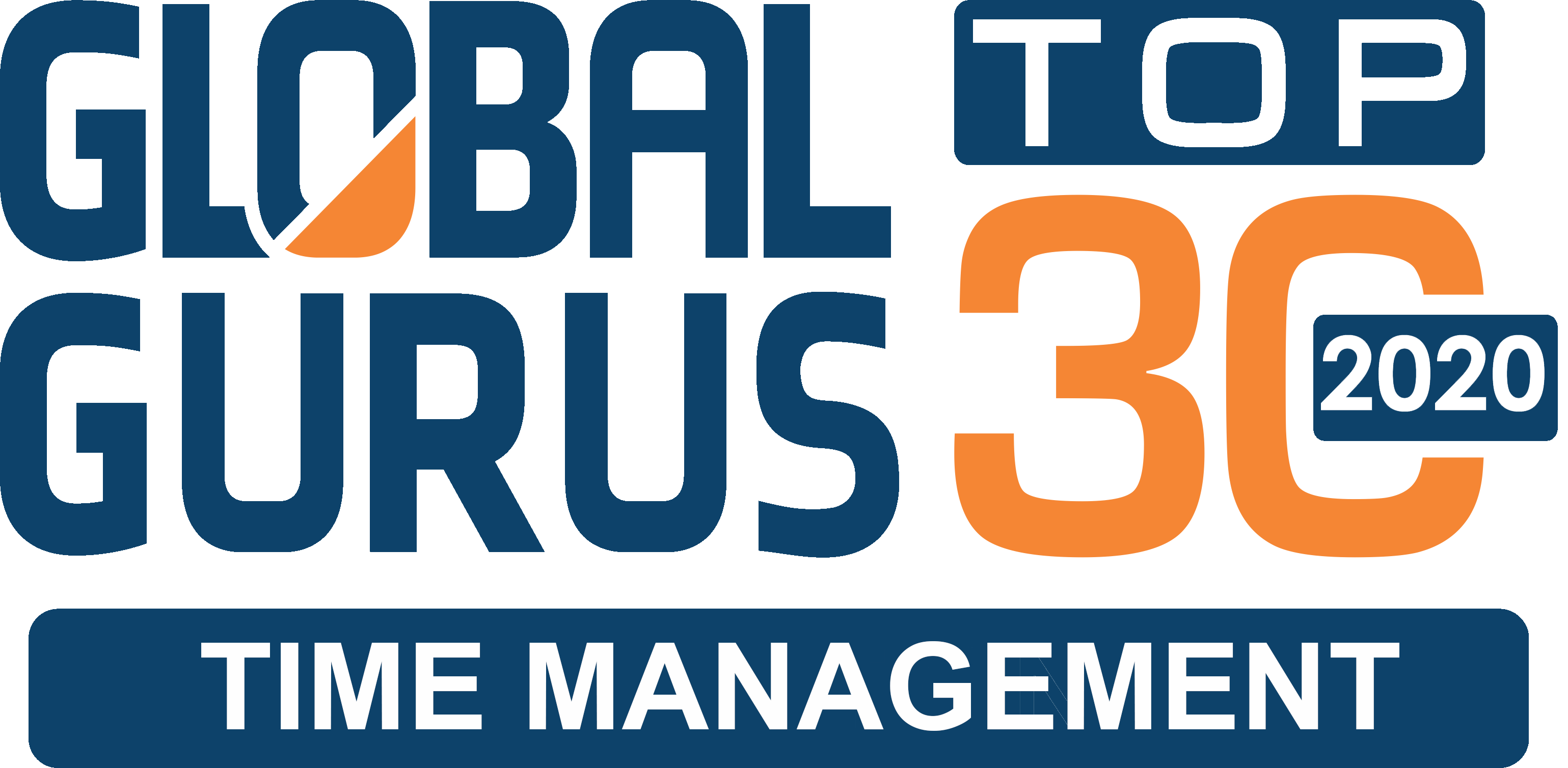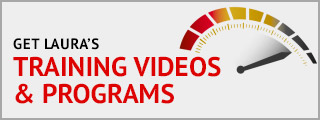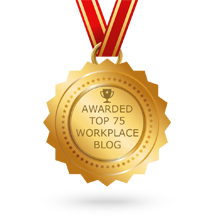 Technology has given us so many options when it comes to keeping track of our to-do lists—Smartphones, web-based applications, desktop applications, PDAs—but figuring out the best system for you can be a real challenge (and a frustrating one at that).
Technology has given us so many options when it comes to keeping track of our to-do lists—Smartphones, web-based applications, desktop applications, PDAs—but figuring out the best system for you can be a real challenge (and a frustrating one at that).
Interestingly enough, even with all the technology out there, informal research (mine and others’) still shows that when push comes to shove, most people still fall back on good old-fashioned paper. In fact, a lifehack.org survey shows that not only do most people use a paper to-do list, but that paper is more than twice as popular as any other method listed!
Why is that?
Because we’re human.
Life doesn’t always happen when you’re sitting in front of your computer. We sit in meetings. We leave the office and go home. We travel. And no matter how attached we are to our Treos and Blackberries or how sophisticated the technology becomes, most people simply don’t like making lists or taking notes while squinting at a tiny screen or getting thumb cramps trying to punch in line after line of text.
The bottom line is that handhelds are great for portability and storing reference information, but they’re just not configured for extensive note-taking. That’s why so many handheld users end up being the most disorganized and messy of us all. Without a paper planner, the inevitable to-do lists and reminders end up scattered all over the place on sticky notes and little scraps of paper. Without a “home” for it all, these notes become disorganized, lost, and useless.
So what’s the solution? Let’s look at some of the most popular approaches to organizing your to-do lists (and your life) and see if we can come up with a solution that uniquely suits you.
Paper Planners. Interestingly enough, people who use paper planners exclusively are often the most well organized of us all. Paper planners allow you to have your system available at all time, combine your personal and professional lives, see an instant view of your schedule, and keep manageable to-do lists. In the over 100 training seminars and speeches I give ever year, I’ve met countless numbers of people who tell me how they abandoned their trusty paper systems in search of hip “paperless” PDA methods—just to become so disorganized that they reverted back to paper.
However, for all the advantages, there are challenges with using a paper planner only. With hundreds of contacts, it’s often impractical to keep track of everyone on paper. Other workers in your organization can’t check your calendar for availability if you’re not on the system. Your assistant can’t schedule appointments for you easily without worry of double booking. And you can’t access your email from the road on paper.
Desktop software. Desktop computer software—such as like Outlook, Lotus, and GroupWise—is great. It allows you to manage your contacts, calendar, and to-do lists in one place without having to work with a pocket-sized interface.
In fact, desktop software is absolutely perfect—assuming that you never leave your desk—ever. But you do have to go home. And then when you think of something you need to do at work, you have to make a note. And the scrapping begins. You probably have meetings. If someone says, “Let’s meet again next Thursday. What’s your schedule?” Your very unprofessional response is “Uh, I don’t know. It’s on my calendar back at my desk.” If you appear so out of control, why would anyone trust you with something more important?
Business (and life) has a tendency to happen on its own terms, so it is important to have a system in place for gathering things like notes, appointments, and contact information, at least until you get back to your desk. I always recommend that everyone have some sort of paper system to supplement whatever they are doing electronically. A spiral notebook is disorganized due to the rigid binding: notes, to-do’s, phone numbers, and random information is all mixed together, forcing you to go back and re-read, re-write, and re-organize. You must constantly review old pages to determine what isn’t done. Spiral notebooks become a blur of cross-outs and scribbles due to non-flexibility. That’s why I designed The Productivity Pro® DayTimer® with rings, so the pages could be moved around. You could also print your Outlook calendars and carry them around with you. Or you could sync to a PDA. I personally hate tapping on the screen all the time. Don’t get me wrong—I love my PDA (I use a Mogul by Sprint)—but really only for email, texting, phone calls, and contact management. I prefer to see a big-picture view of my schedule and things to do on my trusty paper system. I just don’t feel creative when I’m not putting pen to paper, and a centralized system beats scraps paper every time!
Web-based applications. As it becomes easier and easier to find an internet connection when you need one, Web-based applications can be a great organizational tool. Whether you use the Web simply to access your calendar or are set up to remotely access your entire PC, it is nice to be able to get what you need from any computer with an internet connection.
Especially if you travel often, using Web-based software comes in handy where traditional desktop software might break down. You don’t need to get to your computer; you just need to get to a computer.
However, Web-based software has the same problem as desktop software—it isn’t always going to be at your fingertips. That’s why, just like with a desktop application, you’ll still need a paper supplement.
Handheld devices. By this I basically mean anything that fits in your pocket—a PDA, Treo, Blackberry, Smartphone, whatever. When handhelds started catching on, many were probably thinking that our organization problems were solved. After all, we could finally have the best of both worlds—technology and portability.
Unfortunately, most of us quickly found that however sophisticated an electronic device could become, they still didn’t quite cut it. The task list isn’t user-friendly. Even if you understand categories well enough and can sort your list, the devices max out at usually 15 categories. And nobody wants to scribble with a stylus or furiously thumb-type their way through a meeting or conversation, and you look like a dork. (I gave myself a painful condition called “Blackberry Thumb” from attempting it.) And even if you do get all of the information entered properly, tiny navigation screens and tinier font sizes just don’t quite cut it.
Handheld devices are great when you need to enter a new contact’s information on the fly or check to see if your schedule is open two Thursday’s from now, but they still can’t do the job of simple pen and paper when it comes to writing notes and creating lists.
The Solution—a Hybrid method! It’s getting harder and harder to find people that don’t use some form of electronic organizing tool, but even the most tech-savvy tend to fall back on paper for some tasks. If you’re listening to a voice mail on your phone, what are you doing? Writing down the message. Bingo. You need a paper planner. When you’re talking to the Hertz customer service agent on the phone, and he asks for your Gold number, what are you doing? Trying not to hang up on the person while you mumble, “Uh, hang on, it’s in my…phone.” Bingo. You need a paper planner. You’re sitting in a meeting talking with your biggest client. What are you doing? Typing notes with your thumbs while attempting to listen? I doubt it. Again…you need a paper planner…one place that will consolidate your lists, reference information, and notes.
I became so frustrated watching people struggle with finding an effective way to use their hand-held organizers in the real world that I teamed up with Day-Timers, Inc. to create a paper system that is specifically designed for users of hand-held organizers (although it works just as well for those without handhelds).
The Productivity Pro® DayTimer® planner has monthly calendar tabs but no time slots on the daily pages (you probably keep that sort of information on your computer or handheld). This gives you a large, easy-to-manage writing space for your notes, lists, and those pesky to-dos that always seem to be slipping through the cracks otherwise. (Visit www.daytimer.com/productivity to check out the planner.) It also has tools to help with things like long-range planning and ongoing lists—things that don’t always have an intuitive home within electronic organizers. If you’re more curious exactly how it works, get a sneak peak of the planner directions and features and benefits. It allows instantly-accessible paper that allows you to follow my mantra: if you think it, ink it! ™
Beginning May 10, there will be a 20% coupon off the purchase of a bundle: my smooth black Nappa leather binder, storage case, and one-year of neutral, dated pages and inserts (start date July 2008) at www.daytimer.com/laurastack (click “Laura’s products”). Guys, don’t worry—no frills—I designed this with you in mind. Hopefully this will help you create a time management system that exactly meets your needs. I can’t wait to hear what you think!
Make it a productive day! ™
Listen on…
(C) 2009 Laura Stack. www.TheProductivityPro.com



[…] out Laura Stack’s article about the capture habit.? Worth a quick read. make money […]